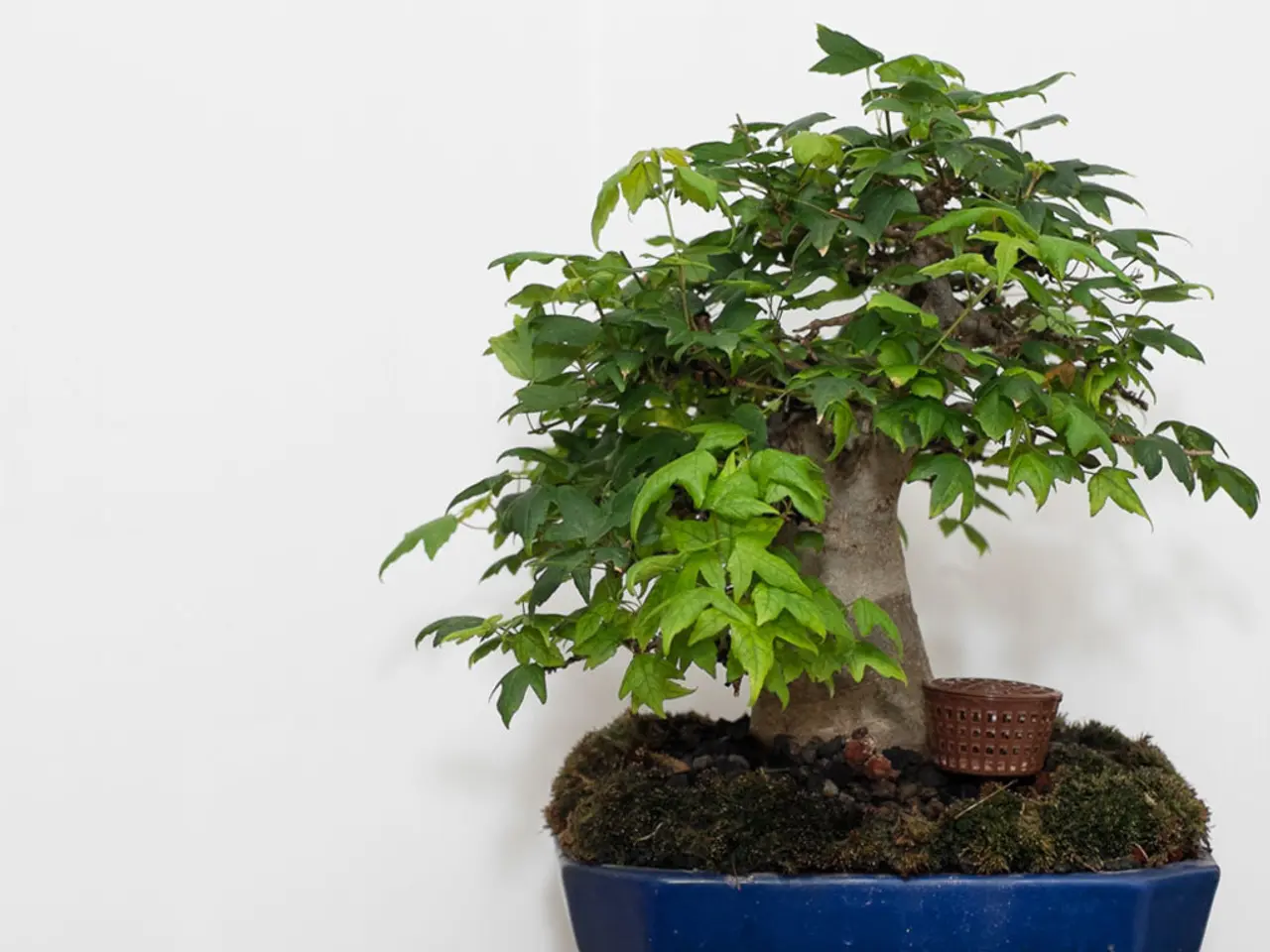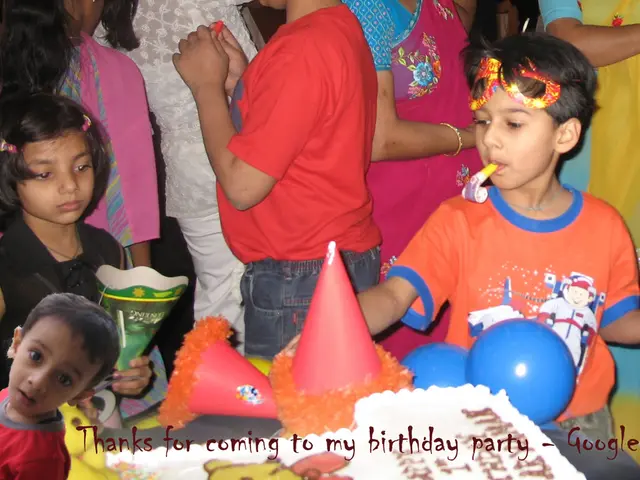Struggling with Stunted Bonsai Growth? Discover 10 Root Causes and Effective Solutions for Bonsai Development Problems
In the world of bonsai, creating a miniature masterpiece requires patience and the right care. Here are some essential tips to help your bonsai tree thrive and grow beautifully.
Bonsai Growth Rate
The growth rate of bonsai trees varies depending on the species, growing conditions, and care. Most trees take 5 to 10 years to reach maturity and can live for decades with proper care.
Avoiding Stunted Growth
To ensure your bonsai's healthy development, it's crucial to avoid common mistakes that can lead to stunted growth. One such mistake is improper watering. Both overwatering and underwatering can harm the roots, reducing nutrient uptake and growth. Water only when the top inch of soil is dry to avoid stress.
Another common error is using the wrong soil. Bonsai require a fast-draining, structured soil mix such as akadama, pumice, and lava rock to prevent root rot and allow proper airflow.
Pruning and Repotting
Pruning is essential for maintaining the shape of your bonsai, but it's crucial to avoid removing more than one-third of the tree's foliage at a time. Also, prune only during the growing season and follow proper pruning techniques to ensure healthy branch development.
Repotting is essential for bonsai tree health. It refreshes the soil and allows for better root development, leading to healthier growth. Repot every 2-3 years or as needed.
Light and Soil Conditions
Most bonsai species need consistent direct or indirect sunlight for several hours daily. Lack of adequate light reduces photosynthesis, causing slow or stunted growth. On the other hand, too much direct sunlight can cause heat stress, leading to white or brown patches on the leaves.
When it comes to soil, bonsai trees thrive in a well-draining, nutrient-rich soil mix. Poor soil conditions can impede bonsai growth, so it's essential to use specialized bonsai soil mixes.
Choosing the Right Bonsai
For beginners, choosing a beginner-friendly bonsai tree like the Jade or Ficus tree is recommended. Some trees are notoriously challenging to grow, even without the bonsai practice.
Pest and Disease Prevention
Pests like aphids, spider mites, and mealybugs, and diseases like powdery mildew can stunt bonsai growth. Regularly inspect the bonsai for signs of infestation or disease and treat affected trees immediately with a natural solution like Lear Armor.
General Care Tips
- Use room temperature water when watering.
- Keep a moisture meter on hand.
- Choose LED or HID grow lights.
- Consider repotting every 2-3 years.
- Avoid placing near drafts, vents, or heaters.
- Only bend and shape during the growing season.
- Choose pots not glazed on the inside.
- Avoid chemical-based fertilizers.
- Research your specific tree's needs.
Pro Tips
- Pruning Pro Tip: Use a propagation promoter to ensure healthy root growth when planting cuttings from pruned bonsai trees.
- Humidity Tips: Use a humidity tray or regularly mist your tree to maintain the ideal moisture level in the air around it.
- To help your bonsai tree thrive, it's essential to understand its specific care requirements, such as the suitable tree species, soil conditions, and lifestyle factors like light exposure when creating a home-and-garden setting for your miniature masterpiece.
- Proper care resources, including the use of fast-draining soil mixes, avoiding overwatering or underwatering, and pruning techniques to maintain shape, contribute significantly to the healthy development of bonsai trees, promoting growth and preventing stunted growth.
- Gardening enthusiasts can optimize their bonsai growth rate by considering factors such as the appropriate humidity levels, seasonal pruning schedules, and selecting suitable bonsai tree species tailored to their home environments and beginner skill levels, ensuring that their prized bonsai trees grow beautifully for years to come.







